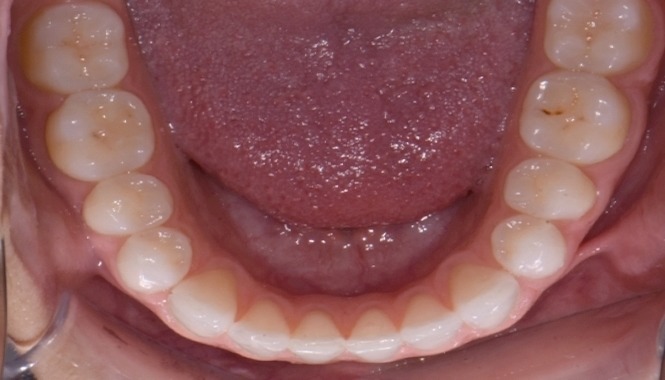Most people are familiar with getting braces as a teenager or as an adult to correct the alignment of their teeth, but getting early intervention is often an important first step for children. Sometimes referred to as two-phase orthodontics, early orthodontics can greatly help kids with more severe orthodontic problems, setting them up for a healthier smile as they get older.
What is Early Orthodontics?
Most people get orthodontic treatment in their teen years or adulthood, but some kids require a treatment plan when they are around the age of seven. Early orthodontic treatment plans are designed to make more difficult adjustments when the jaw is more malleable at a younger age, making the second phase of treatment easier. Not every child will need early orthodontics, but it’s definitely worth it to bring your child to see your orthodontist when they are about seven years old to see if it is right for them. Otherwise, they could require more invasive procedures later on in life, such as an especially long phase with braces, getting teeth pulled, or surgery.
What Does Early Orthodontics Fix?
There are several reasons your child could benefit from early orthodontics. One reason could simply be excessive crookedness or large spaces between the teeth. Whether due to bad habits like thumb-sucking or genetics, you might notice your child’s permanent teeth are appearing in all the wrong places. To avoid needing a long time with braces or perhaps having surgery, your child could get treatment while their jaw is still growing, making the necessary adjustments far easier.
Sometimes, the jaw itself grows irregularly, causing the teeth to not bite down properly. This can also lead to underbites, overbites, and crossbites, which can be more difficult to fix later on in life. When the jaw doesn’t grow correctly, it can also cause teeth to become impacted, which is when a permanent tooth doesn’t have room to erupt. Early orthodontics can fix these issues with little intrusion and short-term solutions, preventing more involved and costly treatments in the future.
Common Early Phase Treatments
One of the most common types of early phase treatments is partial braces. When your child is young and their jaw is still growing, partial braces can quickly make precise adjustments to fix issues of crowding and spacing. Partial braces will only be installed on the teeth that are the most severely misaligned, positioning them to more easily adjust with a full set of braces when they are older.
Another common method of early intervention involves using a palatal expander. When the upper jaw is too small, it can lead to issues like a misaligned bite, crowding, and impaction. A palatal expander is a small metal device adhered to the roof of the mouth, with extensions that apply pressure to the inside of the upper jaw. This early phase treatment will expand the upper jaw to make room for all the teeth to erupt properly and for the jaw to bite down comfortably.
Contact Austin Orthodontics today and schedule a free consultation to see if your child could benefit from early orthodontics.
 512-331-7900
Free Consult
512-331-7900
Free Consult

